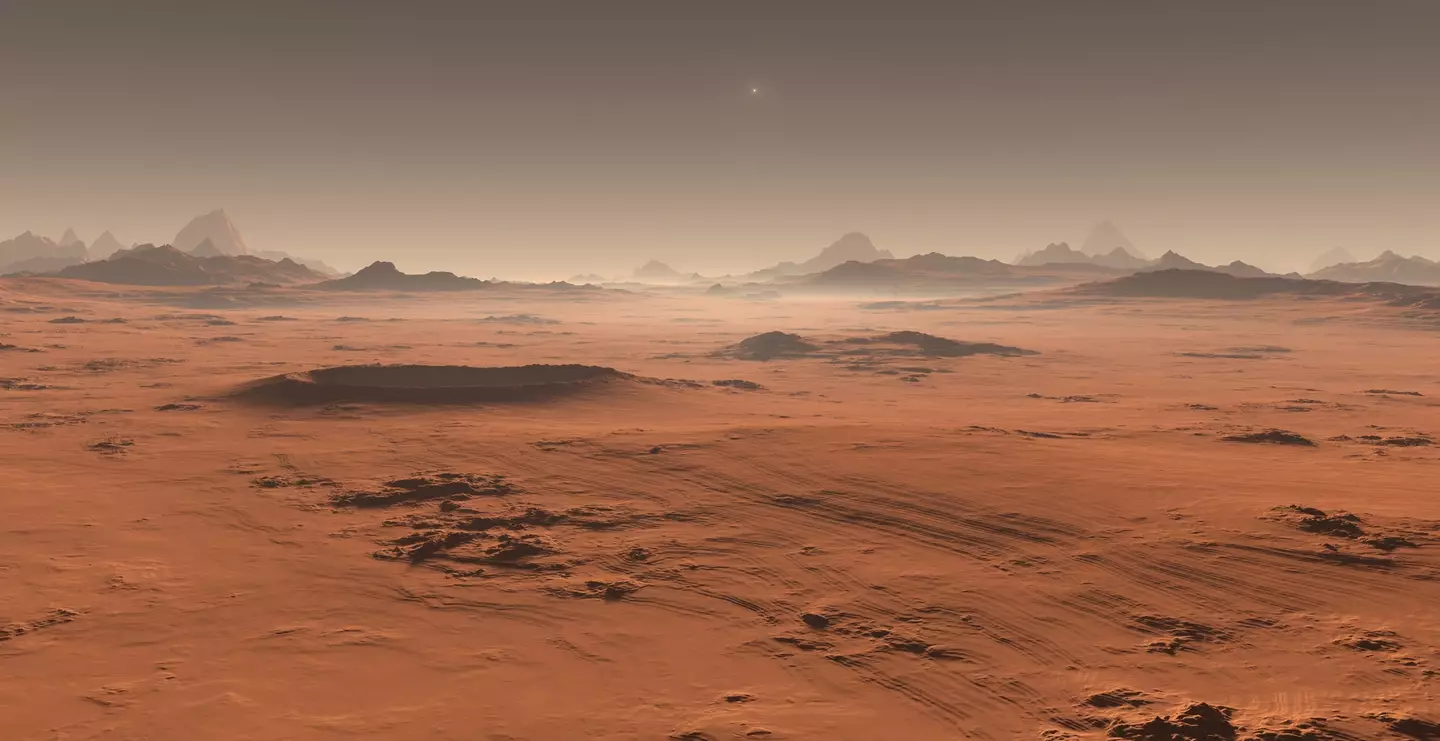
There's been a lot of chatter in recent years about the eventual goal of populating Mars with human colonies - it's a lifelong dream for some big players in the world of space, not least Elon Musk.
However, when you hear about these lofty plans, it can be a little challenging to wrap your head around what these settlements might actually look like.
After all, anything that gets built on Mars has to be incredibly hardy and able to withstand some truly terrible conditions.
Luckily, and perhaps unsurprisingly, there are a whole host of businesses and startups out there working on habitation options for space colonies.
Advert
One such startup is Max Space, and it seems to have some really impressive ideas, as demonstrated by a recent video it released.
It showcases a new adaptable space station - the first of its kind that could not only serve as an orbiting colony but also would be able to land and be a station on the surface if required.
Advert
Max Space has previously worked on and shown off inflatable habitat pods that can survive incredibly harsh atmospheres, suggesting that the surface of Mars could one day be covered in little spherical pods for humans to live in.
This station, though, takes things up a notch to produce something truly adaptable, all of it expandable in a similar manner to Max Space's previous projects.
It looks like a sort of big balloon, but is way more complicated, and its outer shell is made out of an undisclosed material that is apparently ballistics-grade and stronger than metal, with a tensile strength of 28,800 pounds and a maximum burst limit of 69 pounds of force per square inch.
Those are impressive numbers, but they're dwarfed by the cost that Max Space is estimating it would take to actually launch a mission with this station involved - around $1 billion.
Advert

That is indeed a Jeff Bezos or Musk-level budget, but it might not happen for quite a while. Testing and R&D on these sorts of space projects can last for years and years, after all.
The first test flight for the tech is scheduled for 2026 as it stands, though, when it'll apparently blast off using a SpaceX rocket.
Max Space has hugely ambitious plans to produce a whole range of different sizes of this craft, too, making it possible that we'll eventually see a lot of them built for different jobs and missions.
Advert
So, if you were previously imagining Mars or the Moon with blocky and square habitats set up, and angular bases, it might be time to update your thinking and get a little more spherical - that seems to be the direction things might be headed.